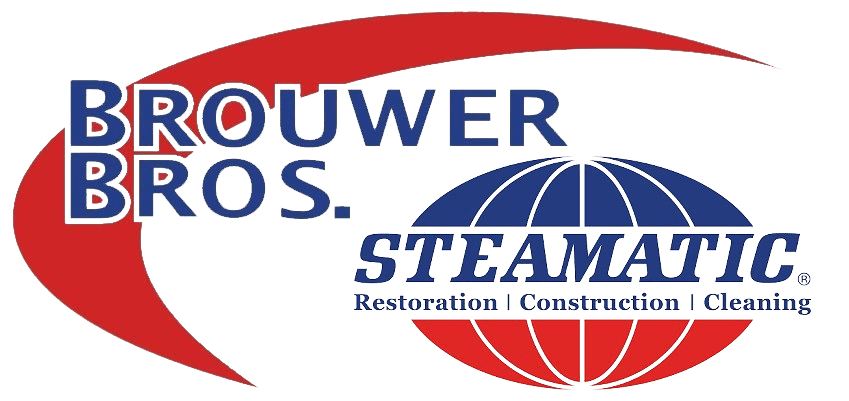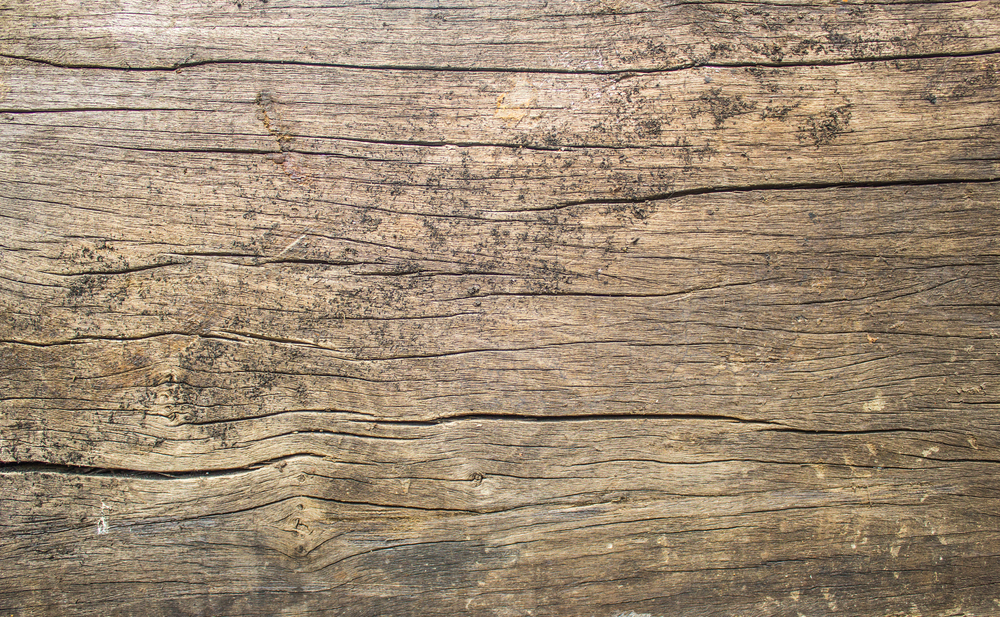Wood is a porous material, which means it can quickly absorb water, and in the right conditions, can cause mold to accumulate over time, especially when it stays moist for a long time. Many homes and commercial properties commonly experience mold on wood floors and walls.
If you spot mold on your hardwood floor, it is important that you clean it immediately before it spreads further. Leaving wood surfaces with mold can be risky for the health of your family members, tenants, and customers. Keep reading to learn more about effective solutions for mold growth on wood surfaces.
How to Remove Mold from Wood Surfaces
Mold removal can be a challenging task with many unseen risks to health and safety. While removing mold is a good step toward an effective solution, It’s vital to also find the cause of the moisture leading to the mold growth. If you have mold anywhere in your home or property, it’s best to schedule professional moisture and mold remediation services, to avoid the hassle and potentially worse problems like damage to the wood.
Step 1: Safety First: Wear Protective Gear
Your health comes first before anything else when cleaning mold because it can be dangerous if inhaled or ingested. Wear a long-sleeved shirt, long pants, goggles, rubber gloves, and a face mask to prevent mold from getting into your body. If you intend to use a bleaching agent, it’d be best to wear old clothes because bleach can quickly damage clothes.
Step 2: Vacuum the Area
Use a vacuum tool with a HEPA filter on the affected area to suck up any loose mold spores, dirt, and debris from the wood. Vacuum as much mold as possible and empty the canister or vacuum bag into a plastic bag. Seal the plastic bag tightly to prevent spores from escaping and dispose of it in the garbage.
Step 3: Apply Soap & Water
Painted or stained wood can prevent mold from penetrating deeper into the wood. If the wood you plan to clean is painted or stained, you can use a mild cleaning solution, including a mixture of cleaning detergent and water. Here are the steps to clean the surfaces.
-
- Mix water and the cleaning detergent and shake it well
- Spray the mixture on the affected areas using a spray bottle
- Use a soft-bristled scrub brush to scrub away the mold gently
- Sponge away excess liquid as you continue cleaning
- Wipe the surfaces with a clean, damp towel
- Check if there are any signs of mold left and wipe it with a rag
If the above procedure doesn’t work, you may need to use distilled white vinegar, which kills mold species faster. However, you should be careful with the supplies and tools you use for cleaning your hardwood floors to avoid damaging the surfaces.
Step 4: If Needed, Apply Diluted Bleach
If the mold has penetrated deep into the wood and has left a stain, you should use a stronger solution. A bleaching agent is the best option here that can kill spores beneath the surface. Mix one part of dishwashing detergent with ten parts of a bleaching agent and 20 parts of water and mix it well. Apply the mixture to the stained surface and scrub it off using a stiff-bristled brush or scrub sponge; let the surface dry, then wipe with a soft cloth.
Step 5: Sand the Wood Surface
Sanding may be necessary if the mold remains even after scrubbing with bleach. Sandpaper helps remove the spores that have penetrated the wood. Use sandpaper to scrub the affected areas slowly until you no longer see mold. After sanding, consider refinishing the wood to make it appealing and also prevent future mold outbreaks. When done, remove all rags and anything that has contacted the mold and take them outdoors for cleaning.
The Most Effective Methods for Mold Removal & Prevention
Much can go wrong when attempting moisture and mold removal, if performed improperly. It’s best for the longevity of the wood surfaces and your health, that you consider professional mold removal services in the Chicagoland area.
The Best Method For Mold Remediation
Mold remediation isn’t the same as mold removal; there are two main reasons why you should hire a professional mold remediation service. Mold removal services are designed to actually remove every single mold spore from your house. This isn’t a reality, because natural mold exists indoors and outdoors. Secondly, mold remediation tackles mold prevention and content cleaning. A comprehensive mold solution from our experts keeps your home safe and preserves your property.
You should also consider open windows to allow for fresh air circulation, and, if possible, use dehumidifiers; dehumidifiers are essential to mold removal as are cleaning the air with HEPA air scrubbers to prevent the spread of the spores, thus the importance of professional mold mitigation services to handle this kind of project.
How To Prevent Mold On Wood Surfaces
Mold thrives in moist environments (indoors and outdoors), so it is vital to consider regularly scheduled cleaning, especially in situations when there is water damage or excessive moisture in your office or home. Scheduling a professional cleaning is the safest way to keep your environment and wood surface dry and avoid mold growth and accumulation.
Professional Residential & Commercial Mold Remediation Services
It’d be best to work with experienced cleaners at Brouwer Brothers Steamatic, who understand how to clean mold on hardwood floors without compromising on the quality of service. We use the right supplies and keep the surfaces well-maintained, preventing the growth of mold spores. If you are looking for professional cleaners in Chicagoland and Northwest Indian areas, we are here to help you. Contact us to schedule a service.
Image Source: NaiyanaB / Shutterstock







